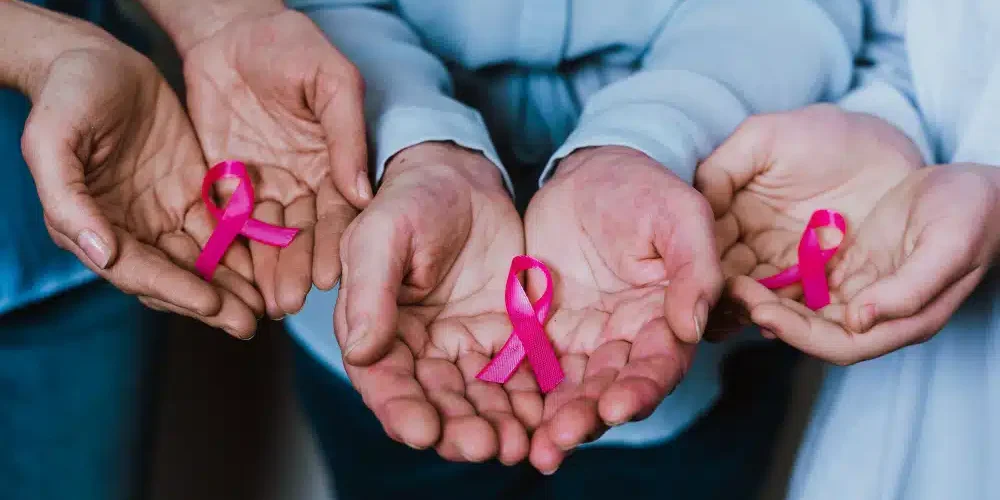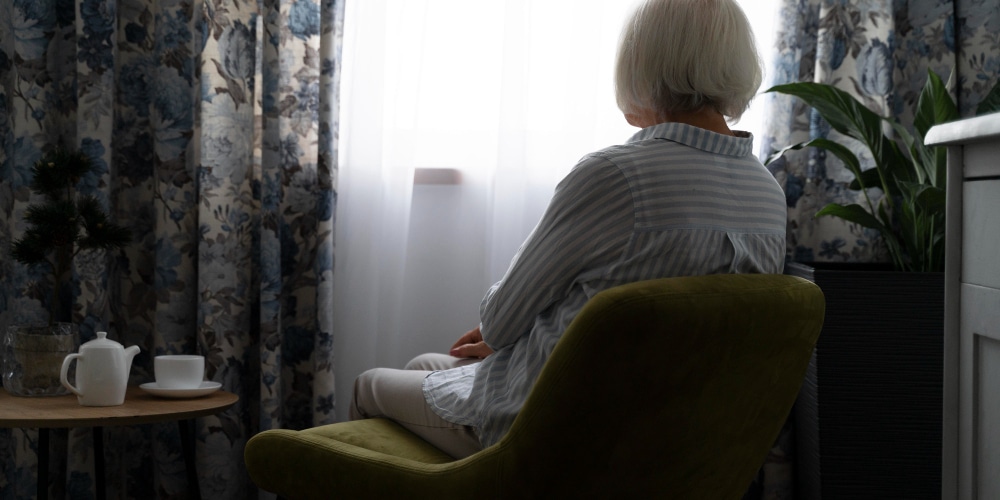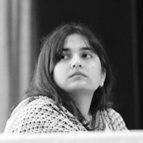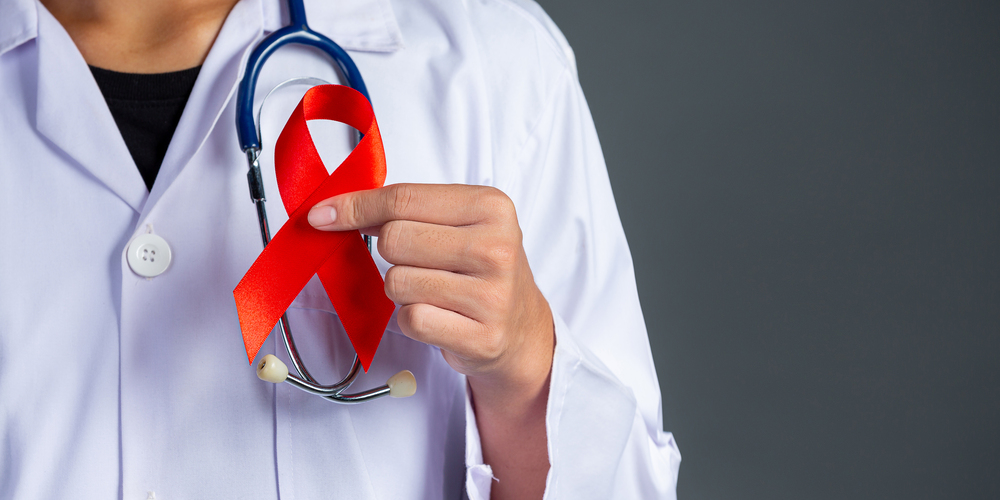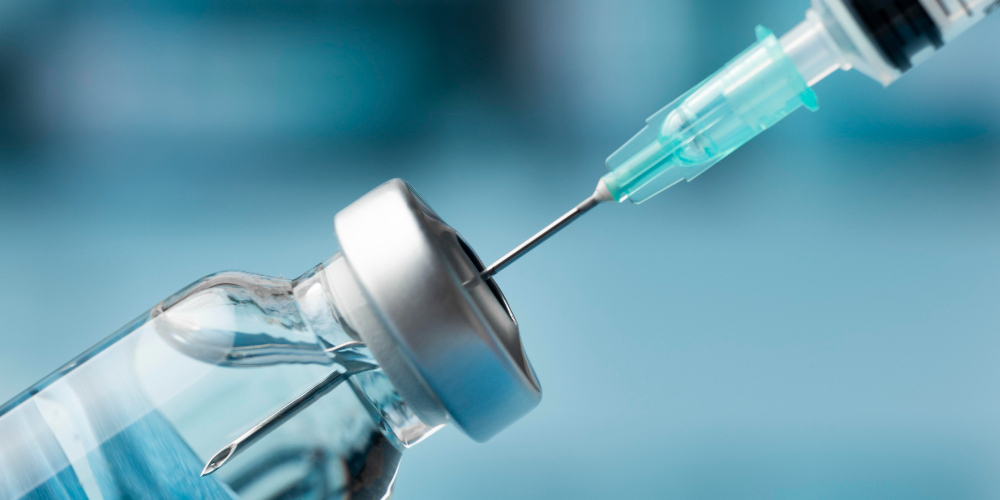Latest
World Hypertension Day: Rising Stress, poor sleep, and addiction is fueling hypertension in youth, says expert
People think hypertension isn’t a big deal, but it leads to two major killers: heart attacks and strokes, says Dr Swarup Swaraj Pal
Author
Author
- admin / 6 months

- 0
- 8 min read
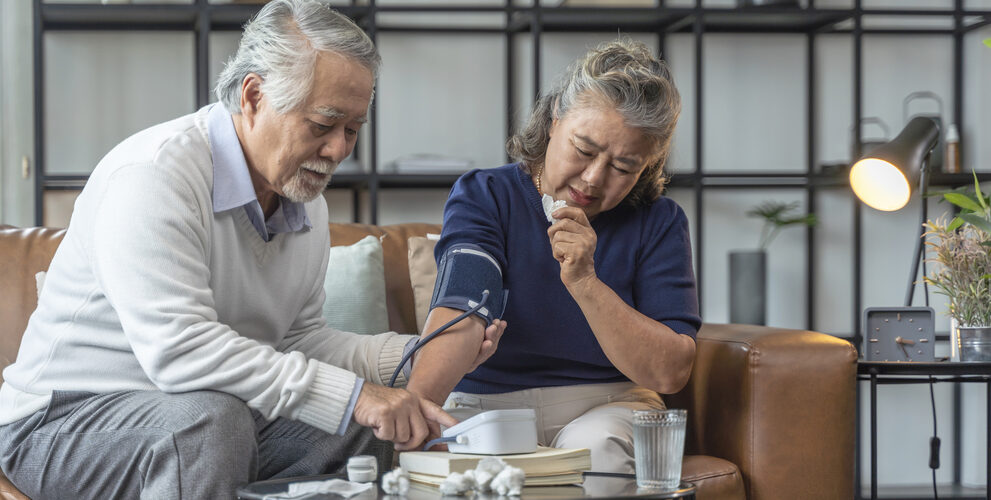
Author
World Hypertension Day, observed on May 17, aims to raise awareness about hypertension, a condition affecting millions globally and increasingly prevalent in India. Often called the “silent killer,” hypertension is the most significant chronic disease risk factor in India.
According to recent epidemiological studies, hypertension is on the rise in India, with rural and youthful populations experiencing the fastest growth. Across India, over one in four people suffer from hypertension, and collectively, more than 90% of adults with the condition are either unaware of it, not receiving treatment, or undergoing treatment that fails to control their blood pressure. Hypertension can lead to severe complications like heart attacks and strokes if left undiagnosed or unmanaged. The Fifth National Family Health Survey (NFHS-5) and the Indian Council of Medical Research-INDIAB surveys both found significant geographic variations in hypertension prevalence, with higher prevalence in the country’s more developed states and districts.
As per government data, the prevalence of being overweight and obesity, significant risk factor for hypertension, has increased in most states and union territories between NFHS-4 and NFHS-5. At the national level, the percentage of overweight or obese individuals rose from 21% to 24% among women and from 19% to 23% among men. In several states and UTs—Kerala, the Andaman & Nicobar Islands, Andhra Pradesh, Goa, Sikkim, Manipur, Delhi, Tamil Nadu, Puducherry, Punjab, Chandigarh, and Lakshadweep—over one-third of women (34% to 46%) are classified as overweight or obese.
First Check spoke to Dr Swarup Swaraj Pal, Head and Chief Cardiovascular and Thoracic Surgeon at Gleneagles Hospital, Mumbai, Maharashtra, to understand the rising prevalence, trigger factors, need for early detection and control, and prevention strategies. Here are the edited excerpts:
First Check: What exactly is hypertension? People often associate it with stress, so how should we understand it, and what are its triggers?
Dr Swarup Swaraj Pal: Hypertension basically is a state of the blood vessels that results in an increase in blood pressure. In simple language, as people age, there’s calcium deposition in a lot of places in the body, including the blood vessels. The blood vessels have an inner lining where calcium deposits, and they become hard.
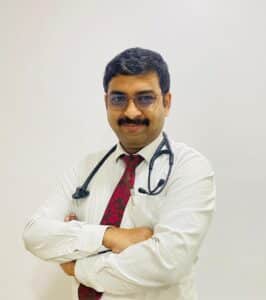
Normally, blood vessels are elastic structures. When the heart pumps—about 70 times a minute—it pushes blood into the circulation. The blood vessel gets this aliquot of blood, distends, and then relaxes, moving the blood forward. But when the vessels harden due to calcium, they lose this elasticity. The heart now has to pump blood at a higher pressure—like, instead of 120 systolic, it needs 150 systolic. This higher pressure is what we call hypertension.
The word “hypertension” might sound like stress or tension, but that’s just one cause. The real pathology is the hardening of blood vessels, forcing the heart to work harder.
As for triggers, stress is one, for sure. But today, there are multiple factors. Earlier, we’d see hypertension in people over 50. Now, we’re seeing it in their 30s. I recently saw a 24-year-old software engineer with high blood pressure, bad cholesterol, obesity, varicose veins, and PCOD—five issues at 25!
So, stress is a factor, but lack of sleep is huge too. Ideally, you need eight hours, but that’s rare today. Then there’s addiction—smoking, drinking, weed (marijuana), nicotine. Combine nicotine and weed, and you get sudden blood vessel contraction, increasing the risk of heart attacks and strokes in young people. I’ve seen a 22-year-old who needed a stent because of this.
Obesity is another big one—processed foods, pizzas, burgers, chips, all high in sodium, contribute to it. Apart from these, genetic factors, like a family history of hypertension or juvenile diabetes, also play a role.
What’s the current prevalence of hypertension in India, and how has it changed over the past decade?
Hypertension was always prevalent in India, but it’s shot up. The increase is because of the factors I mentioned—stress, poor sleep, addictions, obesity, and processed foods. Also, people are more health-conscious now, so it’s being diagnosed more, but that’s only part of the story.
There’s a big issue of undiagnosed hypertension in India. Do you see this in practice, and what are the consequences?
In tier-one cities, people have access to healthcare. They might get a headache, see a doctor, and get diagnosed.
But 65% of our population are in tier-two and tier-three cities, where even with symptoms like chronic headaches or heaviness, they don’t go to a doctor. They think, “It’s just a bad day.” This is especially true for the working population, 25- to 35-year-olds. Undiagnosed hypertension in them is dangerous because it’s going to create an unhealthy workforce in a decade. Older people might get diagnosed and treated, but these younger folks are at risk of serious complications like heart attacks or strokes if it’s not caught early. Regular health checkups could help spot it.
What are the early signs of hypertension that people often ignore?
A lot of people don’t even realize they’re stressed out. If you can’t sleep properly, feel lethargic all day, get frequent headaches, especially if they’re new, or feel heaviness at the back of your head, those are signs.
Visual problems, like sudden darkness in front of your eyes or feeling like you might fall, are also red flags.
If you notice these, get an ECG or a blood pressure check. You can buy a blood pressure machine and check it three times a day at home. If it’s consistently high, you’re likely developing hypertension.
You mentioned genetic factors. How important are early life conditions, sociocultural factors, and gender disparities in hypertension prevalence?
Genetic factors are non-modifiable. If your family has a history of heart attacks before 60, strokes, or early diabetes, you’re at risk. Those are in your genes.
But sociocultural factors are modifiable. For example, coastal populations eat a lot of fish, marinated fish, and pickles—high-salt foods. Over time, that causes hypertension. You can reduce salt, use less masala, and cut back on fish, and it helps.
Gender-wise, it’s not a huge disparity, but women with conditions like PCOD, like the 24-year-old I mentioned, can develop hypertension earlier. Modifiable factors like diet and lifestyle are key to tackling.
What challenges do healthcare providers face in diagnosing and managing hypertension?
Diagnosing is tough if patients don’t come to us. We call it latent hypertension—it’s there, but they’re not in contact with a doctor.
For management, I prioritize lifestyle changes over medicines. Destress, get six to eight hours of uninterrupted sleep, exercise, and lose excess weight—these improve insulin sensitivity and prevent diabetes too. Ditch processed foods like fried chicken and burgers. Even at the end of a shift, people order this stuff.
These small changes—better diet, healthier preferences—can make a big difference.
The government launched the India Hypertension Control Initiative in 2017, aiming to reduce hypertension by 25% by 2025. How effective are such public health initiatives?
These initiatives are good for government hospitals, where most undiagnosed hypertensives show up. The patient class in government versus private hospitals is very different. Private hospital patients have money and access to treatment. But the undiagnosed, often poorer patients, go to government hospitals. Catching them early is critical.
If these initiatives ensure follow-ups and aren’t just on paper, they can reduce hypertension and its complications—like strokes, heart attacks, or chronic kidney disease. I see young patients, 22 to 32, on dialysis now because of undetected hypertension affecting their kidneys. These programs, if done right, can help.
Do you have any final thoughts?
People think hypertension isn’t a big deal, but it leads to two major killers: heart attacks and strokes. Strokes are devastating—paralysis changes your whole life. Heart attacks are treatable if caught in time with a bypass or stent, but why let it get there?
Addiction is a huge issue today—curb smoking, drinking, and drugs. Stress is hard to avoid, especially if you’re working odd hours for multinational companies, reversing your sleep cycle. That’s not how we’re built. Recognize early signs, eat better, lose weight, and avoid obesity. These small steps can keep you from serious complications after 40.
Also read: How Diabetes and Blood Pressure Cause Kidney Disease


